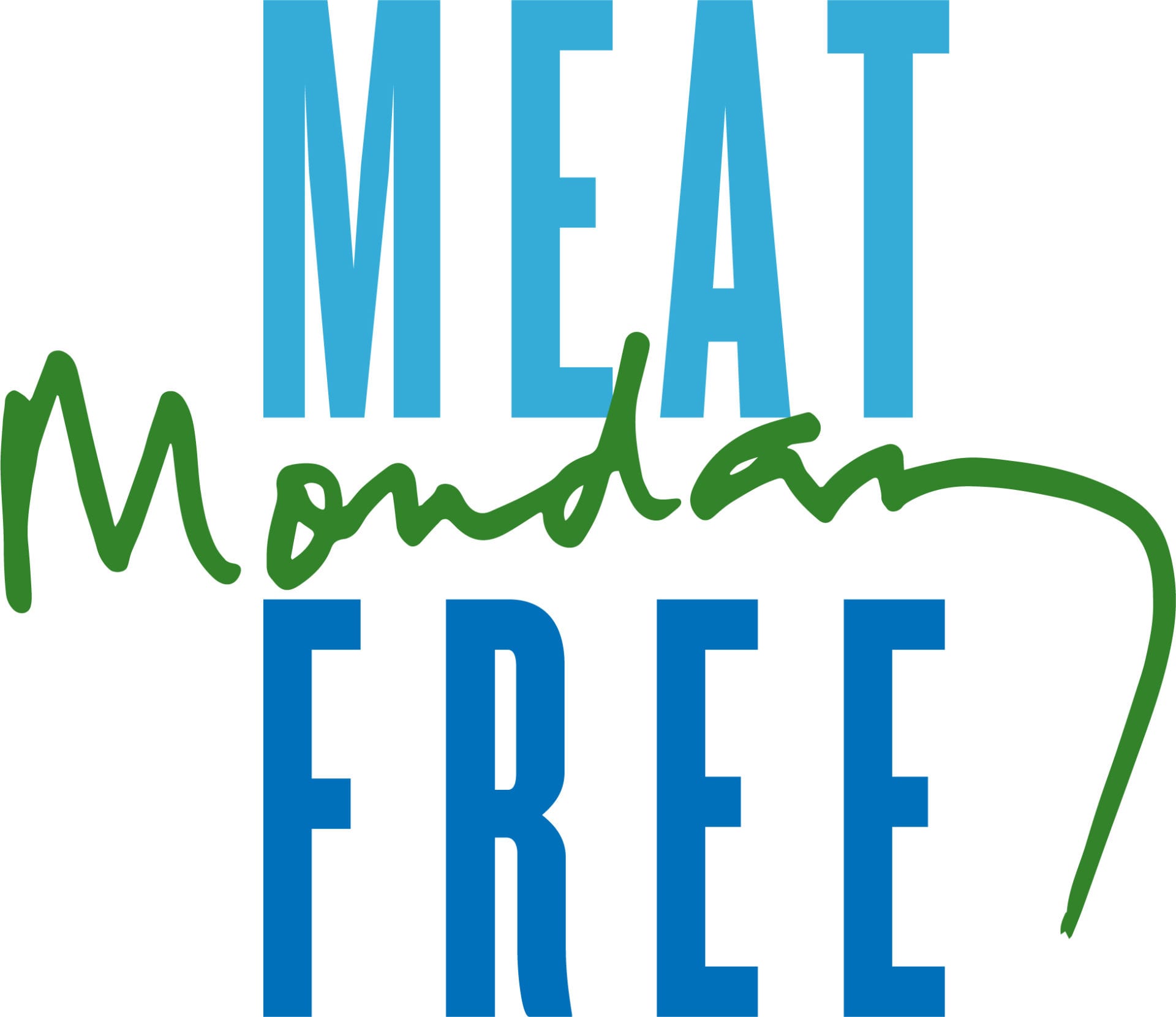A Meat Eater’s Guide to Climate Change and Health puts lamb and beef at the top of the pile in terms of harmful emissions. Cheese is next – ahead of pork, tinned salmon, turkey and chicken.
The report, published by research organisation the Environmental Working Group (EWG), looked at the “field to fork” impact – emissions relating to everything from water used for growing feed crops to pesticide use, transportation and cooking – of 20 protein-rich foods, including meat, cheese, vegetables and pulses.
For every kilogram consumed, lamb produced 39.2kg of carbon dioxide equivalent, beef 27kg and cheese 13.5kg. At the other end of the spectrum, lentils accounted for 0.9kg of carbon emissions per kilogram consumed, tomatoes 1.1kg and low-fat milk 1.9kg.
The guide also offers a range of online tools to help people make more informed choices about their food, including explanations of different food labels and a life-cycle graphic explaining the environmental impact of your food.
Kari Hamerschlag, a senior EWG analyst said that going meat- and cheese-free once a week and eating organic produce the rest of the time would have a positive impact on people’s health and the planet.
American men eat double and American children quadruple the recommended amount of protein, she said.
Hamerschlag added that wasting food contributed significantly to its overall carbon cost.
“Discarded food accounts for about 20 per cent of the emissions from meat and dairy products. That number represents complete waste, energy we’re pumping into food production which just ends up being thrown away. You can make a big impact by only buying what you’re actually going to eat.”
